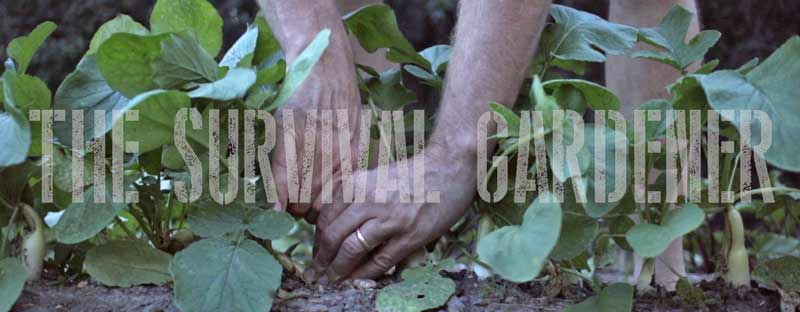My friend Shawn Woods may have discovered the best mouse trap:
Impressive, eh? Super simple, super effective.
You can find it on ebay here.
My friend Shawn Woods may have discovered the best mouse trap:
Impressive, eh? Super simple, super effective.
You can find it on ebay here.
This is good insight on the difficulties gardening in the Florida Panhandle: “I’ve been…
Michelle asks about planting a food forest in clay: A friend in South GA…
Wynnie writes: I have read your booklet about growing coffee and found it very…
In a Lower Alabama summer, the heat is almost unbearable by mid-day. Lately I’ve…
This is an amusing story from Roots, Game and Trail: Upon tasting my first…
If your doctor prescribed you Tinidazole to fight infections from parasites and specific bacteria you might think about buying it online for easier access. Buying medications online offers time-saving convenience but requires you to prioritize safe and responsible purchasing practices. You need this complete guide to purchase Tinidazole through online platforms. Understand What Tinidazole Is Used For Doctors frequently prescribe Buy Tinidazole Online to treat infections like trichomoniasis together with giardiasis, amebiasis and bacterial vaginosis. This medication stops the growth of both parasites and bacteria. Consult with a healthcare professional to make sure that Tinidazole fits your medical needs before making a purchase.
